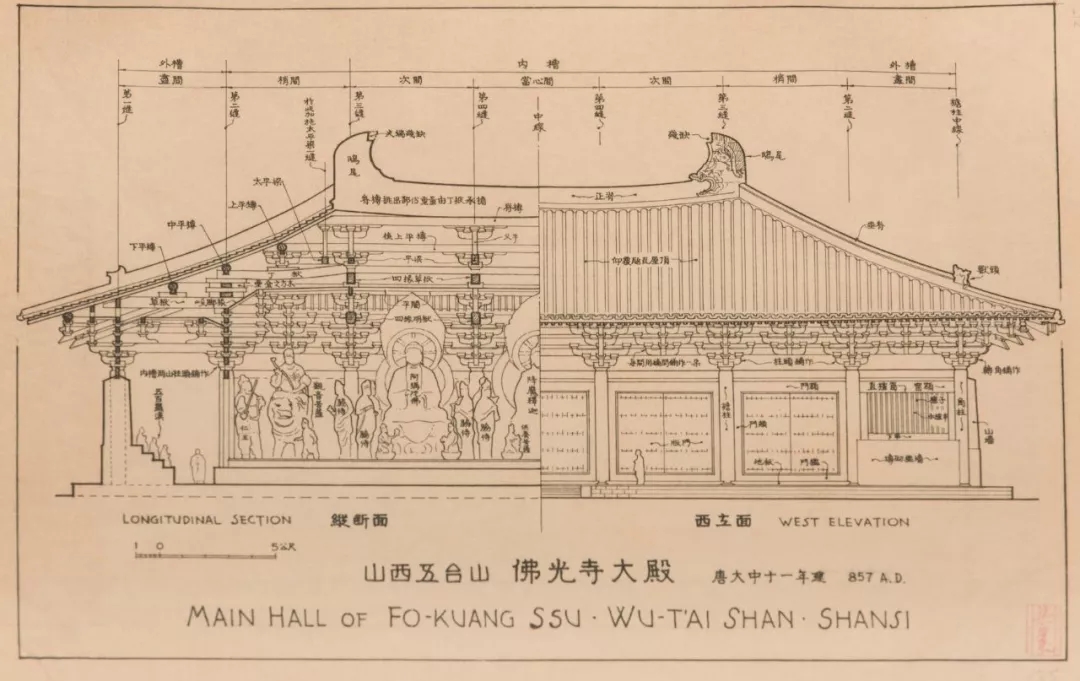"Exploring the Architectural Marvel: The Dome of St. Peter's Basilica and Its Historical Significance"
Guide or Summary:The Dome of St. Peter's Basilica is one of the most iconic structures in the world, located in Vatican City. Designed by the renowned archi……
Guide or Summary:
- The Dome of St. Peter's Basilica is one of the most iconic structures in the world, located in Vatican City. Designed by the renowned architect Michelangelo, this magnificent dome stands as a testament to Renaissance architecture and artistry. Its grandeur not only symbolizes the spiritual heart of the Catholic Church but also attracts millions of visitors from around the globe each year.
- Architectural Design and Features
- Historical Context
- Symbolism and Cultural Impact
- Visiting the Dome
- Preservation and Future
The Dome of St. Peter's Basilica is one of the most iconic structures in the world, located in Vatican City. Designed by the renowned architect Michelangelo, this magnificent dome stands as a testament to Renaissance architecture and artistry. Its grandeur not only symbolizes the spiritual heart of the Catholic Church but also attracts millions of visitors from around the globe each year.
Architectural Design and Features
The dome rises to a height of approximately 136.57 meters (448.1 feet), making it one of the tallest domes in the world. The design features a double shell structure, with the outer dome visible from afar and an inner dome that provides a stunning view for those who venture inside. The exterior of the dome is adorned with beautiful mosaics and sculptures, which reflect the rich artistic heritage of the Vatican. The lantern at the top, added later, enhances the dome's height and adds to its visual appeal.

Historical Context
Construction of the dome began in 1547 and was completed in 1590, long after Michelangelo's death. The project was part of a larger effort to rebuild St. Peter's Basilica, which was originally constructed in the 4th century. The dome represents a significant evolution in architectural design, moving from the Gothic style of the previous basilica to a more classical Renaissance style. It is a symbol of the Catholic Church's power and influence during the Renaissance period.
Symbolism and Cultural Impact
The Dome of St. Peter's Basilica holds deep symbolic meaning for Catholics and Christians worldwide. It is often seen as a representation of heaven and the divine, with its towering presence reaching towards the sky. The dome also serves as a physical and spiritual focal point for the Vatican, drawing the eyes of the faithful and tourists alike. Its image is frequently used in art, literature, and popular culture, solidifying its status as a cultural icon.

Visiting the Dome
For those planning to visit, climbing to the top of the dome is a must-do activity. Visitors can ascend either by elevator or by climbing a series of stairs that wind around the inner dome. The journey offers breathtaking views of the basilica's interior and the Vatican City below. Once at the top, guests are rewarded with panoramic views of Rome, making the climb a memorable experience.
Preservation and Future
As one of the most visited monuments in the world, the Dome of St. Peter's Basilica requires ongoing preservation efforts to maintain its structural integrity and artistic beauty. The Vatican invests significant resources into restoration projects to ensure that this architectural wonder can be enjoyed by future generations.

In conclusion, the Dome of St. Peter's Basilica is not just an architectural feat; it is a symbol of faith, history, and artistic achievement. Its towering presence continues to inspire awe and admiration, making it a key destination for anyone interested in the rich cultural tapestry of Rome and the Catholic Church. Whether you are an architecture enthusiast, a history buff, or a spiritual seeker, the Dome of St. Peter's Basilica offers a unique experience that combines beauty, history, and faith in one magnificent structure.